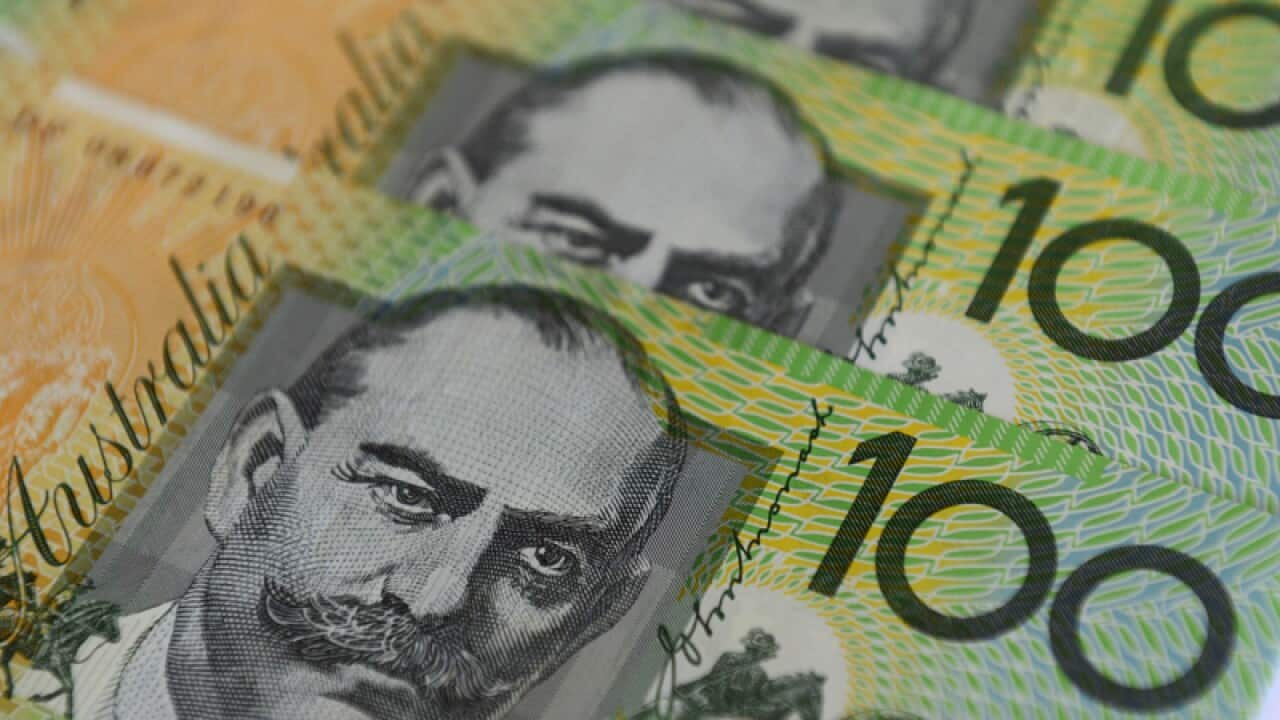Australians are being encouraged to dip into their superannuation to fund their "dream smile" in a move that has raised concerns from the Dental Board and other experts.
The amount of superannuation withdrawn for dental treatments in Australia jumped by 373 per cent in five years, according to Australian Tax Office (ATO) statistics.
In 2022/23 around $313 million in withdrawals were approved, 83 per cent more than the year before.
The significant increase in super withdrawals for dental work have experts including the Dental Board, which regulates dental practitioners in Australia, concerned.
"The Dental Board is concerned by this sudden rise and sees this as an emerging issue that may lead to more complaints in the near future," Dental Board of Australia chair Dr Murray Thomas said.
The board is reminding practitioners that "good dental practice involves upholding the right of patients to gain access to necessary levels of healthcare while ensuring the services provided are necessary, appropriate, and likely to benefit the patient".
Super withdrawals promoted as a way to fund a 'dream smile'
While it is possible to apply for early release of superannuation on compassionate grounds to pay for medical treatment, there are strict eligibility requirements.
Treatment can only be funded if it is to treat a life-threatening illness or injury; to alleviate acute or chronic pain; or to alleviate acute or chronic mental illness.
A quick search of social media shows numerous advertisements from dentists promoting the use of super to fund dental treatments, saying it was a way of achieving a "dream smile".

A Facebook advert talking about using superannuation for dental treatment. Source: SBS News
AMP chief economist Shane Oliver said when people were spending such a significant amount of money for dental, the work was likely for cosmetic procedures, not essential work.
"Why isn't essential dental covered in Medicare? If it's just optional dental or cosmetic then you've got to question whether it's really worth it," he said.

Australians have withdrawn millions from their superannuation to pay for medical treatments. Source: SBS News
"Maybe they are earning minimum wage and are probably spending 60 to 70 per cent of their income on rent," she said.
"That's usually what it means when people are dipping into super for this type of cost."
Overall the value of superannuation released for compassionate reasons increased by 69 per cent in five years, with 39,600 people withdrawing a total of $762 million in 2022/23.
Money for dental treatment made up 41 per cent of the funds released.
Australians also took out $249 million for weight loss surgery, and $48 million for IVF treatment.
'Significant' impact of withdrawing your super
Oliver said the consequences for taking out superannuation early were significant and it should only be done in an emergency.
To illustrate the impact, Oliver calculated the cost of taking three different amounts out of super using the ASIC MoneySmart calculator.
He said someone who withdrew $5,000 from their super at age 30, would be about $46,000 worse off when they retired at age 67.
The amount includes the impact of inflation, but even if this is not taken into account, Oliver said the amount in today's dollars would still be $18,469.

Withdrawing $20,000 from superannuation at age 30, would leave you $184,201 worse off by age 67. Source: SBS News
"It will have a significant impact on the pool of savings that you have at retirement."
The impact increases the more you take out.
Someone withdrawing $10,000 would be $92,100 worse off at retirement, while taking out $20,000 would leave them $184,201 worse off after 37 years.
IVF withdrawals may be an exception
Oliver said the significant impact of withdrawing super meant access should rightly be restricted to life threatening situations.
But Oliver acknowedged there could be a case for allowing people to access superannuation for in vitro fertilisation (IVF).
It's possible for people to dip into their super for IVF but generally they have to provide evidence of harm to their mental health.
"IVF is a difficult one because [there is an age] window when people need to do it," Oliver said.
"And the value of a life, a child, people would regard that far higher than anything they'd lose from their super."

Australians withdrew $45 million from their superannuation in 2022/23 to fund IVF treatments.
What about using super to buy property?
There has also been debate recently about whether Australians should be allowed to withdraw super to buy property.
A Senate inquiry into Australia's retirement system recommended in an interim report released this month that first home buyers should be allowed to use superannuation funds for a home deposit.
It heard evidence that a 35-year-old who withdrew $160,000 to use as a 20 per cent deposit on an $800,000 unit would have a property worth $1.2 million in today's dollars by retirement.
If the money had stayed in their super account, it would only have appreciated to $319,000.
The federal Opposition is pushing for Australians to be allowed to withdraw up to 40 per cent of their super — to a maximum of $50,000 — to buy their first home.
But Oliver said this was not the solution to housing affordability because it would only drive up prices even further.
"If you tell everybody you can take $20,000 out of your super — or $30,000 — the prices will immediately adjust by that amount, if not more, simply because more people have more money," he said.
"Property prices will go up further and the Baby Boomers and Gen X who like to advocate this stuff, will end up richer."





